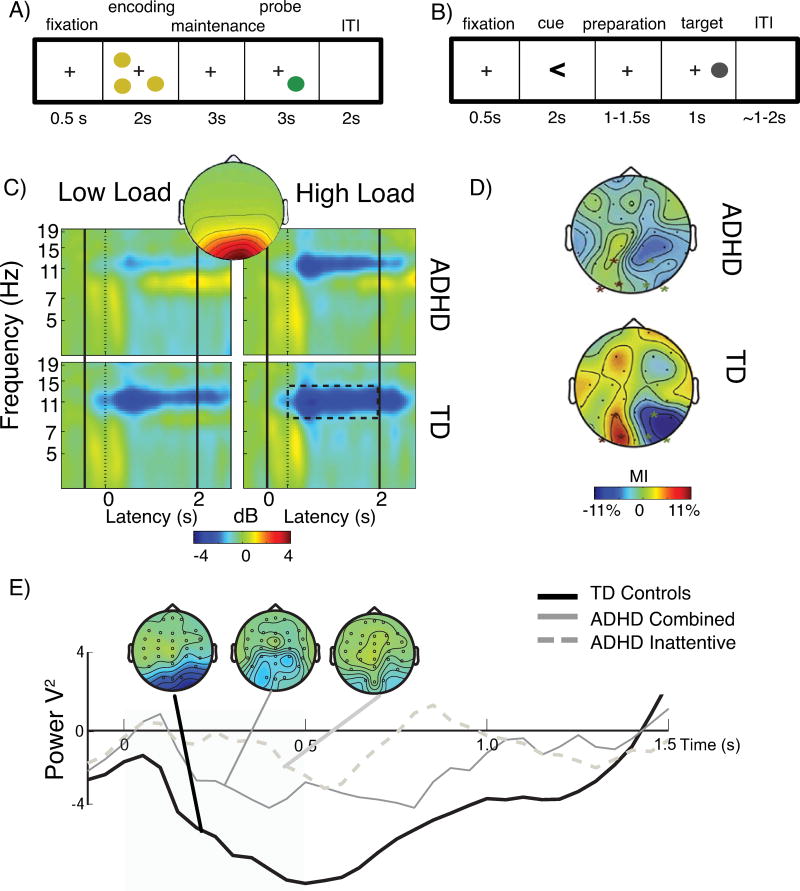Figure 2. Alpha ERD is attenuated in ADHD during visual attention.
In the spatial working memory task (A) participants encode the spatial location of 1 or 3 (low load) or 5 or 7 (high load) dots. Following a maintenance interval, they indicate if the probe dot occurs in the same or different location than any of the stimuli in the encoding stimulus. Attenuation of alpha event-related decrease (ERD) in ADHD was apparent during the 2-sec encoding period (C) (relative to pre-stimulus baseline). This effect was most pronounced at low load among children with ADHD (top left). Alpha ERD plots are calculated from the time-courses of a single occipitally-distributed (inset) independent component. Figure reproduced with permission from (54). (E) A similar result was reported by Mazaheri et al (59), in a cued spatial attention task. Attenuation of alpha ERD at electrode Oz in response to cues (cue duration is 1 s) was more pronounced in ADHD Inattentive Type than ADHD Combined Type (left panel), relative to TD controls. Figure reproduced with permission from (59). In the prototypical cued spatial attention task (B), a cue indicates the most likely location of the upcoming target stimulus (e.g., left). Following a preparation interval, the target appears either on right or left, requiring participants to indicate on which side the target appeared. In this paradigm, alpha ERD is lateralized, greater in the hemisphere contralateral to the hemifield indicated by the cue (attended, e.g., right) than in the hemisphere ipsilateral to the hemifield indicated by the cue (ignored, e.g., left). The normalized difference can be quantified as a modulation index (MI), the difference in alpha power for left minus right attention cues. The expected topography of the MI during the preparation interval is evident in panel (D) for typically developing (TD) boys, a relative decrease in alpha power for contralateral cues (attended) and increase for ipsilateral cues (ignored). This effect was significantly attenuated in boys with ADHD. Figure reproduced with permission from (61). In both (A) and (B), ITI is intertrial interval.

